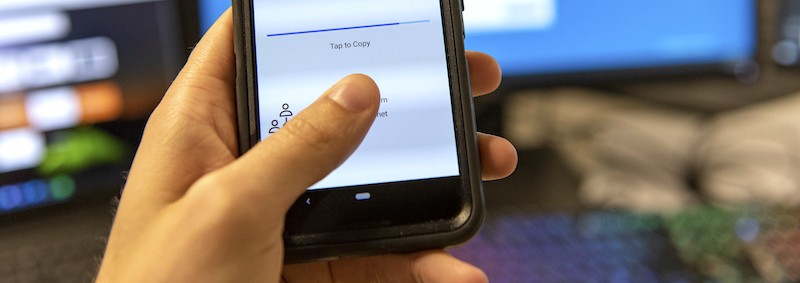
With newsfeeds being filled with headlines about data breaches, hacked networks and encrypted data held at ransom, its little wonder businesses are seeking ways to better secure their networks — and rightly so.
Businesses large and small are actively seeking ways to be more secure.
The implementation of better password practices, document shredding policies, network user education, new back up and disaster recovery systems and multifactor authentication (or MFA), just to name a few. In this article, we are going to look at MFA.
Why multifactor authentication?
While passwords are great at limiting network access and providing some security, these days they are too easily thwarted. That’s why there is multifactor authentication — to make sure that though in the wrong hands, a password will not allow unauthorized network access.
What is multifactor authentication?
MFA works by requiring users logging into a network/application/system to not only provide a password, but to provide additional verification through another medium (text, phone call or a mobile app … etc.).
Let’s look at an example of MFA. In this example, we will be using a mobile device as the secondary level of user verification. After a user enters a valid password, they are prompted to enter a code from an application or text message delivered to the mobile device they set up when they initially created their account. Only after the valid code is entered will the user gain access to the system they are attempting to log into. Please note: There are other ways, a phone call for example, by which this secondary authentication can be accomplished. However, the most common seems to be through a mobile app/text.
The key to understanding MFA, as you can see from the above example, is in the M (multi) in MFA. By requiring multiple levels of authentication, we are creating a new level of complexity to keep out those bad actors/hackers and ensure the safety of our internal systems and data.
While the above example is a case of two-factor authentication, using a password and a mobile device as two separate factors, other factors can be added, such as PINs or personal facts only known to you, the presence of a key fob or an access card, or the use of your fingerprint, retinal pattern, voice and so on.
Conclusion
Any of these factors in conjunction with a password ensure far more network security than just a password. That’s why MFA is increasingly common as a cybersecurity measure.
Contact us! We’re here to help!
If you have any questions about MFA or any other network security measures or anything IT, give us a call! We provide office technology solutions to businesses of all sizes and we are here to help you.
If you would like any information on how to secure your network and data as described above, let us know. We’d be glad to help in any way we can.
About R.K. Black, Inc.
R.K. Black, Inc. is an Oklahoma City-based, family-owned leading provider of office technology solutions to businesses in Oklahoma and Kansas. We specialize in everything business technology from copier, fax, printer and scanner technology to document management, onsite paper shredding services, VoIP phone systems and managed IT support to video surveillance solutions.
If you want to learn more about us, feel free to explore the website, read our other blogs or click the button below to be contacted by one of our reps and tell you! Also, be sure to keep watching our social media channels on Facebook and Twitter for more business tips from our blog.


